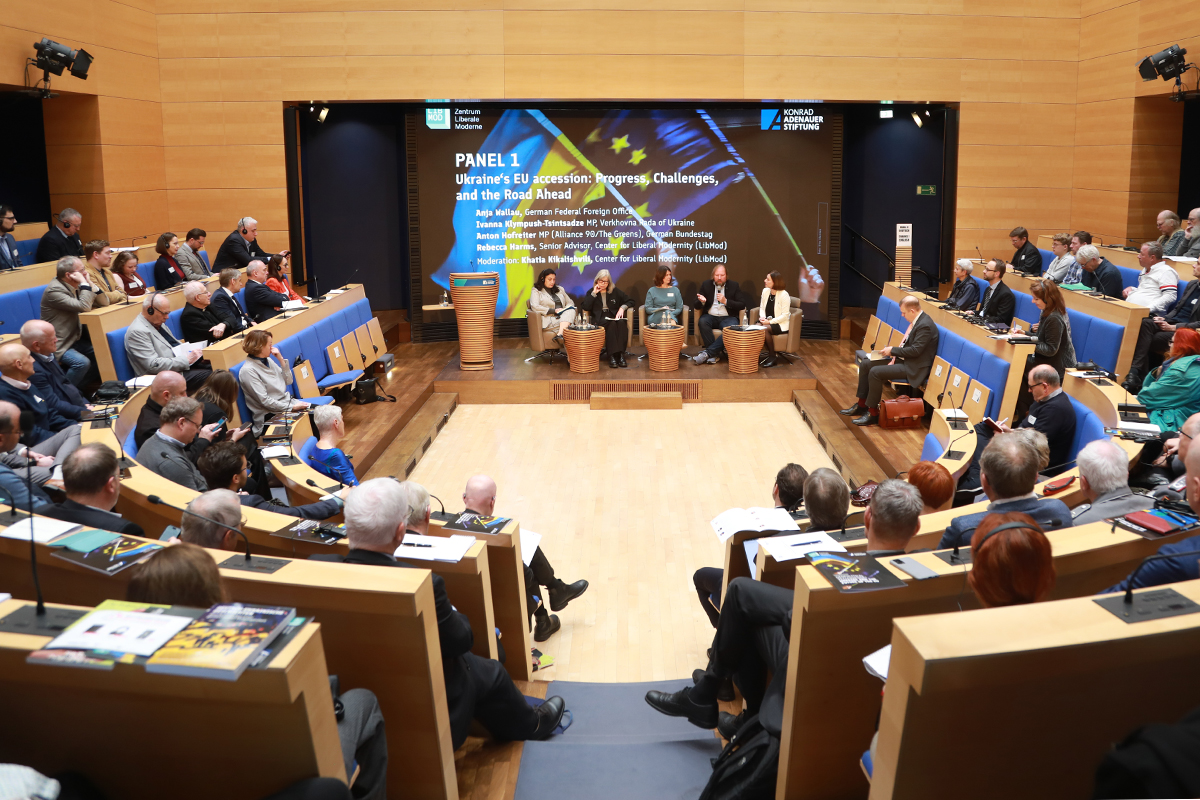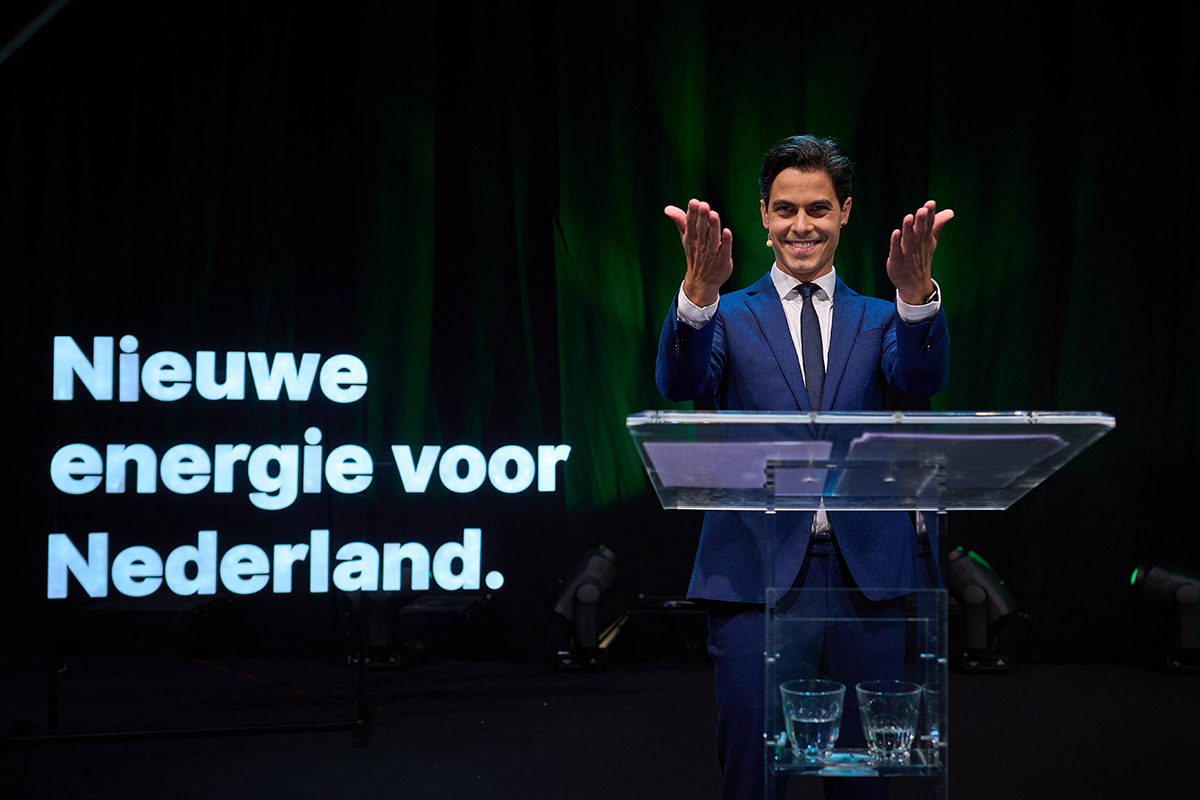Zelenskyy’s US visit reaffirms partnership. But much work lies ahead.

The reactions in Ukraine to President Volodymyr Zelenskyy recent visit to the United States vary widely and are often politicized. They range from statements that the visit lifted relations to a new level to those saying that it was a failure and that Zelenskyy returned empty-handed. In reality, however, there neither is reason for euphoria nor for doom. Perhaps the most important thing is that the visit took place at all. The backstory is not rosy.
On the Ukrainian side, Zelenskyy expressed a strong wish for a US visit early on in his presidency in 2019, only to get a very lukewarm reaction from then President Donald Trump. It got worse when Trump orchestrated a blackmail operation pressing Kyiv to take steps that would hurt his political opponent Joe Biden. This culminated in the now infamous phone conversation between the presidents on 25 July 2019 and the blocking of US security assistance to Ukraine until autumn of that year. This further led to acute political crisis in the US, culminating in Trump’s impeachment by the House of Representatives.
For the remaining part of the Trump presidency, Ukraine policy became somewhat toxic and remained in limbo. Trump’s actions left a lingering traumatic effect on Zelenskyy’s team and its trust in bilateral relations. Little wonder that Zelenskyy had high hopes for the new American President and an eagerness to visit the US.Another driving factor for Zelenskyy personally was his deep antipathy towards his predecessor Petro Poroshenko, who visited the US several times and even addressed a joint session of Congress in September 2014.
On the U.S. side, President Joe Biden has been preoccupied with an array of serious domestic challenges, which resulted in a number of foreign policy tasks being put on the back burner. Plus, Washington did not feel urgency in addressing specifically Ukraine. One exception was during the massing of Russian forces on Ukraine’s borders in spring 2021, when Biden himself engaged in active diplomacy in support of Ukraine. But apart from that, the new US administration thought that policies towards and cooperation formats with Ukraine established by the two previous administrations are working fine and need no urgent overhaul.
This was coupled with a certain apprehension in Washington that Zelenskyy was not doing enough domestically in order to press for much needed reforms. Perhaps the Biden administration decided to give Kyiv more time to do more homework before actually moving forward with the visit.
Moreover, the Covid pandemic clearly upended plans as well. The frequency of foreign leaders’ visits to the White House has been really low. Zelenskyy was only the eighth to be received there since Biden’s inauguration, and the second European leader right after German Chancellor Angela Merkel. Seen in this way, Zelenskyy’s visit actually took place rather quickly, despite the wait.
It is through this prism of circumstances, background and context that this visit should be viewed and its results must be assessed. It drives us to conclude that the very fact of the visit taking place was a success in itself. Even the sudden crisis in Afghanistan, which led to the visist’s postponement by one day, did not alter its contents.
Joint Statement is good news
Among the agreements signed the Joint Statement on US-Ukraine Strategic Partnership stands out. It lays down the state of relations, addresses major aspects and even suggests a very concrete road map of what needs to be done next. It is both a guideline and a checklist of things to be accomplished.
Naturally, given the ongoing aggression against Ukraine, the joint statement starts with security and defense. It is here where US support for Ukraine perhaps manifests itself most visibly. Since 2014 the U.S. has provided Ukraine with security assistance worth 2.5 billion dollars. It was on track to provide 400 million dollars this year alone, when Washington added another 60 millions on top, just days before the visit.
The Strategic Defense Framework agreement was signed during the visit as well. While it is hardly moving bilateral relations in this domain to a qualitatively new level, it can serve as a useful mechanism to facilitate more cooperation in this field.
The good thing for Ukraine is that Crimea is mentioned frequently in the joint statement, including Washington’s pledge to support the Crimea Platform, Kyiv’s latest initiative to raise international awareness for the peninsula’s occupation. More generally, the Black Sea region is recognized as an area where many threats remain for Ukraine’s security and where the US is determined to offer assistance.
Future US role in Donbas negotiations unclear
As for Donbas, where fighting actually rages on a daily basis, there was no breakthrough of any sort during the visit. However, this does not mean, that there will be no news on this front in the coming months. Zelenskyy apparently asked Biden to consider a greater US role in the negotiations for a resolution. This may take the form of Washington joining the so-called Normandy format — even though it is not our expectation that it will do so – or the launch of another format or simply a doubling down of the US efforts in this regard. Whether Biden will fill the position of Special Representative for Ukraine (responsible for Donbas), which has been vacant since Kurt Volker’s resignation in September 2019, remains to be seen.
The Joint Statement also reiterates American support for Ukraine’s Euro-Atlantic aspirations. This means that Washington believes that Ukraine should be in NATO some day – but not any time soon. By only supporting a perspective, the current administration (like the two before it) refrains from promoting the prospect of Ukraine receiving a Membership Action Plan (MAP) as of now. This is based on the understanding that multiple NATO states still oppose such a move. This is the long legacy of the 2008 NATO Bucharest summit, when the administration of George W. Bush pushed for granting MAP to Ukraine only to find itself without proper support from other alliance members.
The Joint Statement becomes most specific where it speaks about the future of Ukraine’s reform effort, specifically in the judiciary. Here it actually resembles a homework with clearly stated particular tasks. This makes this document rather unprecedented in the history of US-Ukrainian relations, really putting Kyiv on the spot. Ukraine’s leaders no longer can allow themselves to say or pretend that they did not know what is expected of them.
Prevent Nord Stream 2 from becoming a permanent bone of contention
Finally, the critical issue of energy is also addressed. The Nord Stream 2 gas pipeline has become a major point of contention between Kyiv and Washington in recent months. The Biden administration’s decision to waive sanctions against the pipeline’s construction, which will deal a severe blow to Ukraine’s position as a transiter of Russian gas, caused quite an uproar in Ukraine, with Zelenskyy adding his voice to it. This was a moment when Ukrainians were bluntly reminded that the US has other vital interests and priorities, some of which may not coincide with Ukraine’s. It is our view that everything should be done to prevent Nord Stream 2 from becoming a permanent bone of contention between both partners, preventing cooperation in many other vital areas.
All in all, this was an intensive meeting, which somewhat jolted Ukraine-US relations in a positive way, reaffirmed the strategic partnership (along with reviving the Strategic Partnership Commission), showed that common interests are many and left us cautiously optimistic for the future of bilateral relations.
Dr. Volodymyr Dubovyk is Associate Professor at the International Relations Department of the I. I. Mechnikov National University in Odesa
![]()
Did you like thike this article? If yes, you can support the independent editorial work and journalism of LibMod via a simple donation tool.
We are recognized as a non-profit organization, accordingly donations are tax deductible. For a donation receipt (necessary for an amount over 200 EUR), please send your address data to finanzen@libmod.de
Related topics
Newsletter bestellen
Stay tuned with our regular newsletter about all our relevant subjects.





